
The Bubble Sofa is the latest creation by interior designer Karine Bonjean, owner of Evolution 21.
Our task was to digitize the 8 unique elements into a 3D model that could be used for 3 diverse applications.
The most obvious application is to create highly detailed models from which product renders can be made.
The most important details have to do with how the fabric texture is covered around the mesh, where the seams are and the tension around the seams.
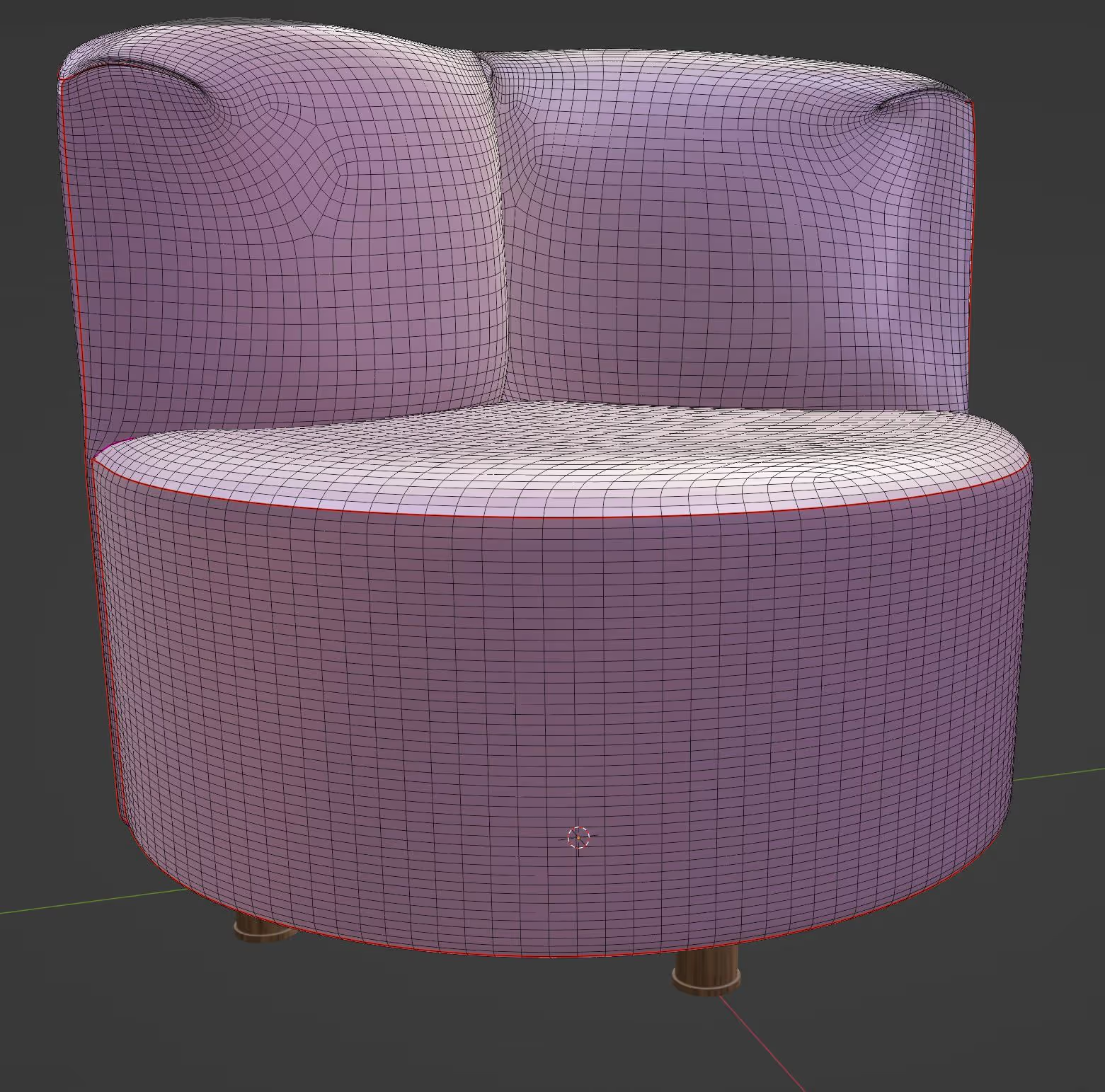
After the mesh has been built, the model is fitted with seams defined where the seams lie. These are edges where multiple pieces of fabric with different orientations come together. In reality, distortion will occur around these zones.
After that, the 3D Model is created with UV mapping “expanded” to 2D planes on a photo texture. As a result, the 3D program knows how to deform the fabric texture in curved surfaces.
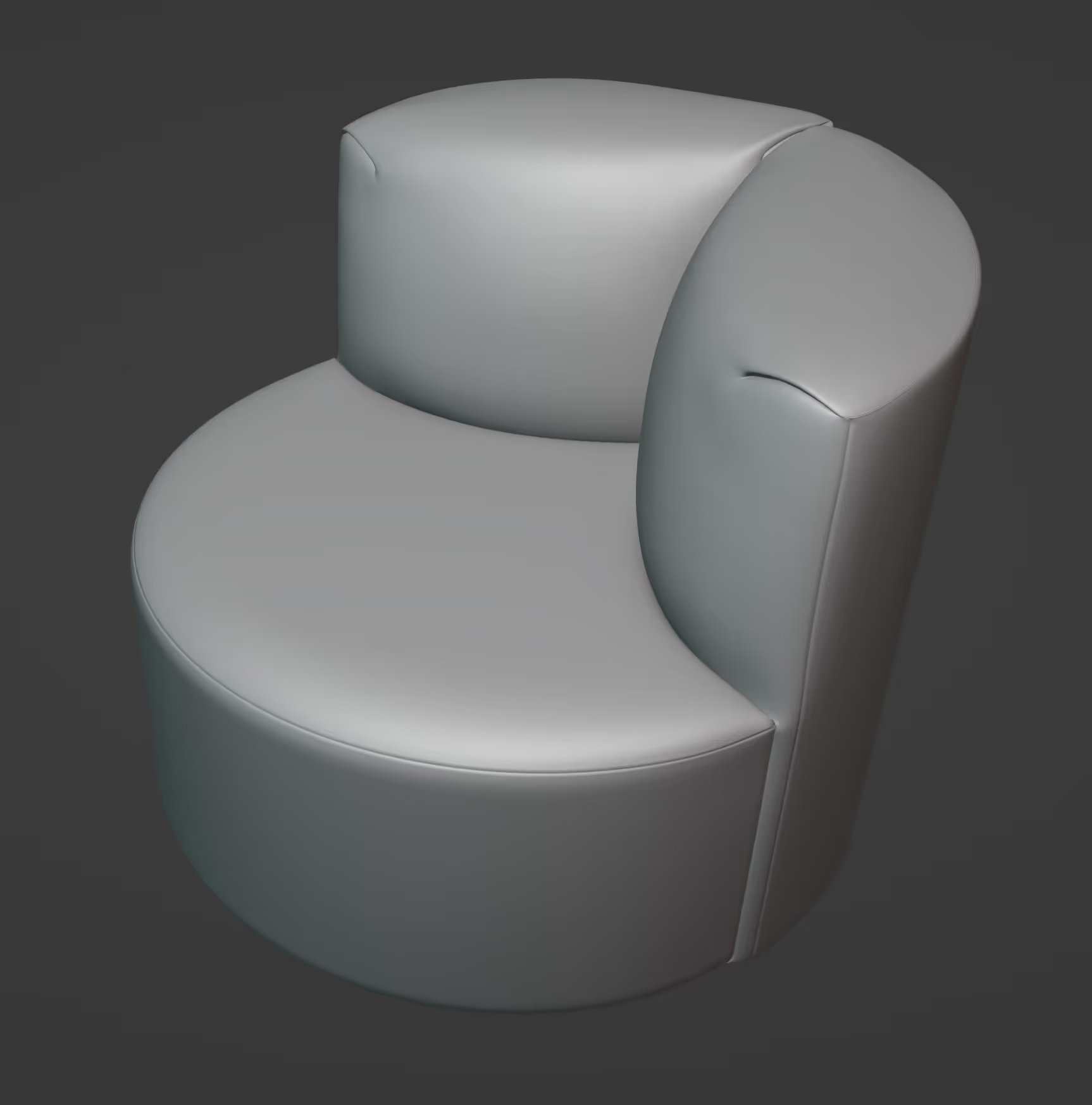
We also loaded the mesh in sculpt mode to cloth filter can be applied to all seams. So you can unevenness and stress points sculpt on the mesh. This gives the model an analogue look.
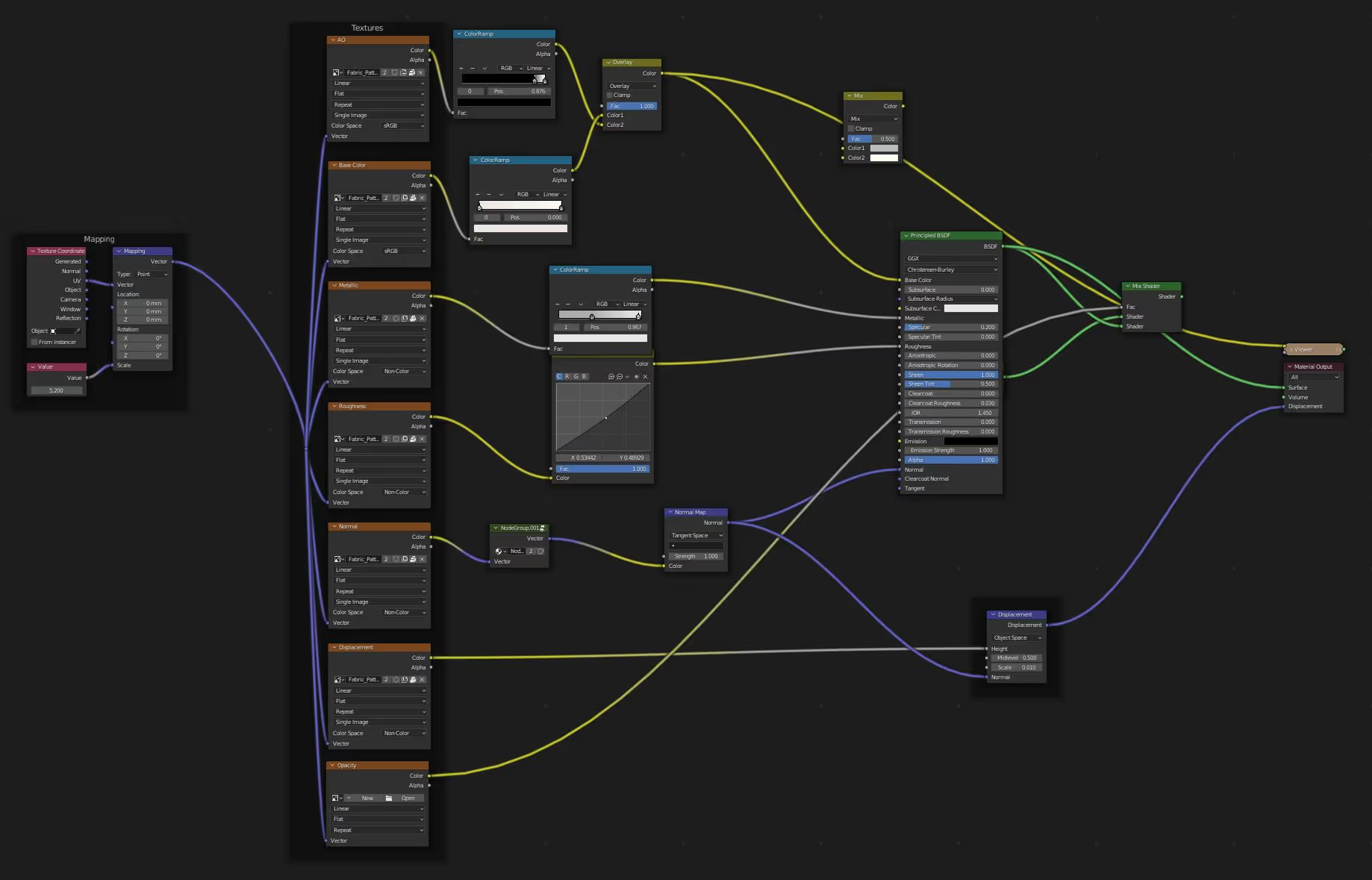
Blender3D also has the necessary material options to achieve a realistic result. For example, we have sheen used to give the fabric material a matt light reflection.
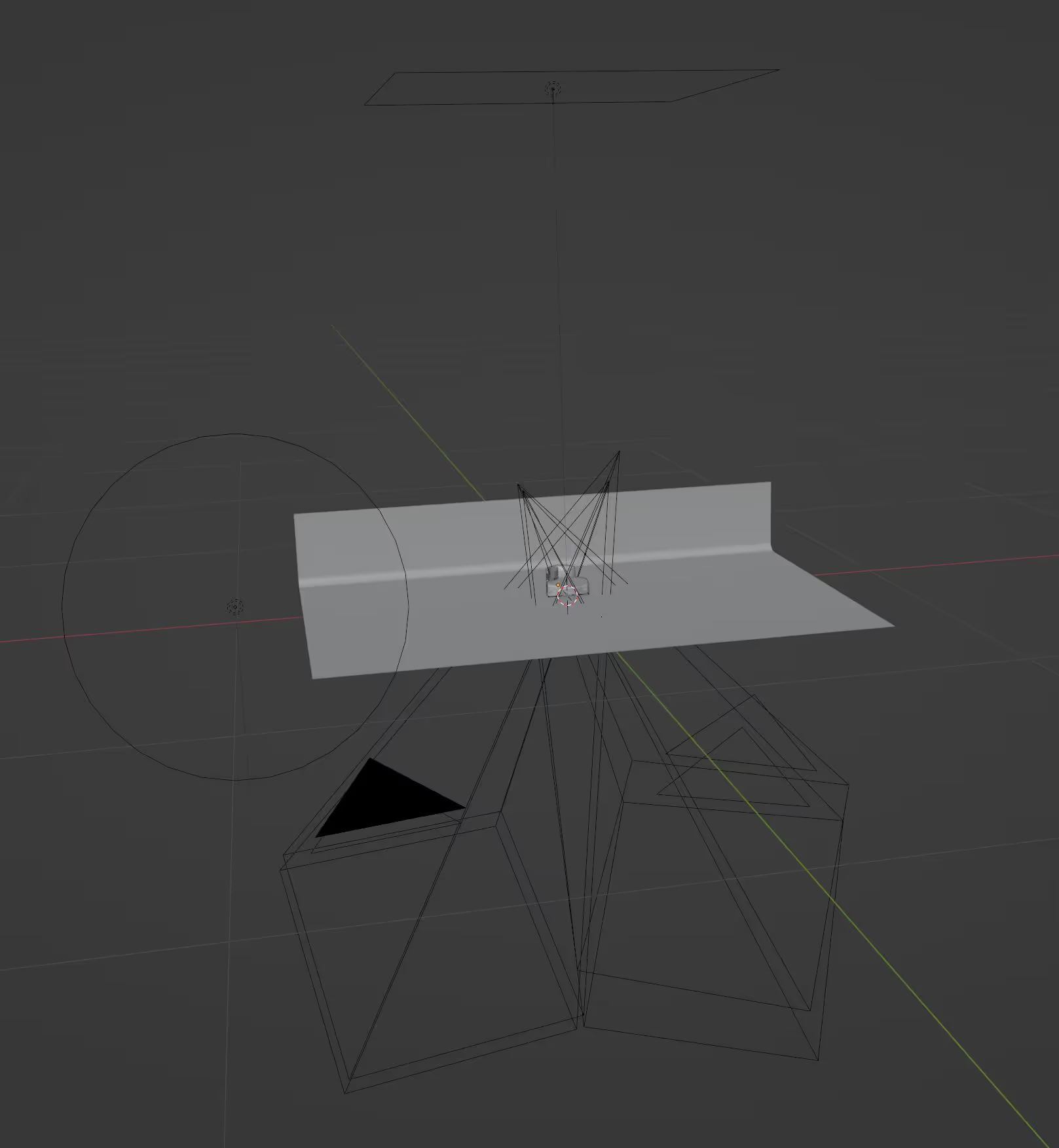
Finally, we have a digital studio environment built with three-point exposure. The rim light provides the necessary highlights on the legs of the elements. This way, they don't fall off over the black background. The orientation of the front light determines how curves appear on the final render.
For the cooperation between E21 and other architects to run as smoothly as possible, the 3D models must be able to be quickly loaded into 3D Architecture programs such as Sketchup.
DAE is the best file format because it also allows you to provide material, textures and subdivisions. The disadvantage, however, is that the above properties much more limited are then with .blend files. For example, you can only include photo textures as material and many shading properties, including sheen, disappear.
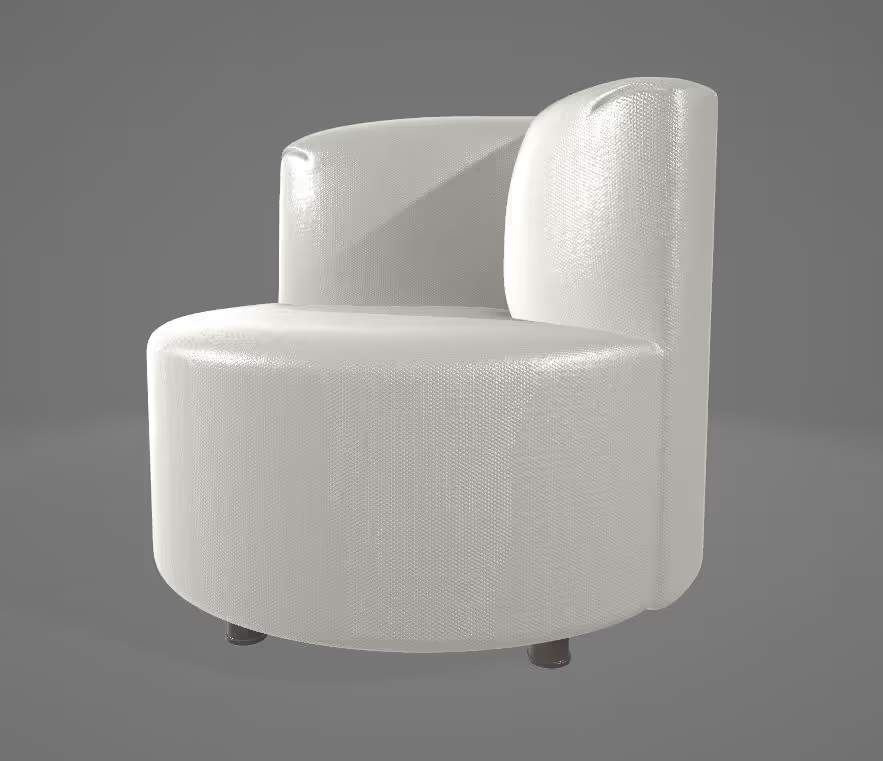
In other words, it was necessary to build new materials specifically for the DAE versions. It loss of the sheen property we solved it by simulating a similar effect with metallic and specular.
To files under 7MB To keep it, we've turned off all the details of the cloth filter.
The last but most important application was to produce a 3D Model that was optimized for 3D Printings. Due to the large circulation, we had to take into account that the complexity of the model would not increase the production fail rate.
Initially, it was intended to fabric texture can also be applied to the 3D printed model. This woven texture must be incorporated into the model's topology.

Because fabric fibers have very fine details, they must be applied to a model with a huge number of polygons. Using the displacement modifier, we provide all the details with the mesh. This is necessary as slicer programs cannot read material or texture.
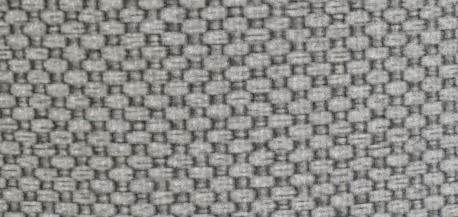
It quickly became clear that the result was not consistent across the various modules. That's why we decided to drop these and shift our focus to producing the modules as efficiently as possible.
The last adjustment was to make branding and numbering per element. Cylindrical cutouts indicate the placement of the different legs.
Thanks to the 3D printed miniatures E21 customers can quickly find new ones test compositions without moving the modules. Thanks to the numbering, customers can easily indicate which modules they want. reorder.
Film props with complex finishes, technical prototypes, creative branding, promotional gifts, personalized items, custom 3D designs and more.